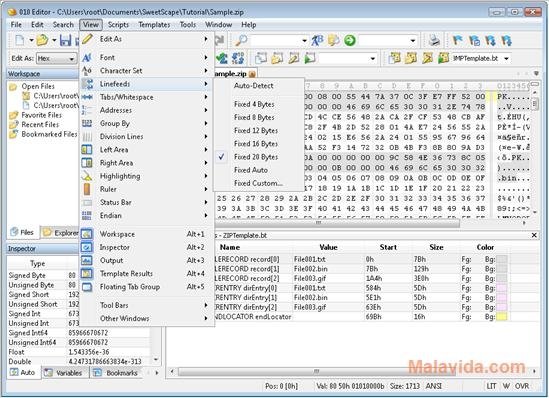
2016) and infrared (IR e.g., Cutri et al. This object is also luminous in ultraviolet (UV Seibert et al. More recent observations taken by the Gaia Space Telescope provide a magnitude of 17.45 in the G filter ( Gaia Collaboration 2018). The quasar designated HE 0435−5304, which is located in the southern sky, is a bright object with a magnitude of 16.40 in the V filter ( Véron-Cetty & Véron 2010 Souchay et al. However, because of the influence of atmospheric effects contaminating spectral profiles, this finding is uncertain.īased on observations made with the South African Large Telescope (SALT) and the Very Large Telescope (VLT). The fact that the width of the H β line appears to be systematically growing in its broadest component with time may suggest that this AGN is changing its broad line region. We conclude that the AGN HE 0435−5304 is a rather prominent iron emitter from the extreme type-A population very close to the narrow-line Seyfert 1 group. Although its stellar population seems to be heavily obscured, we did not find evidence for significant obscuration of the nucleus. The source was found to be a relatively massive and luminous AGN whose host galaxy is actively forming stars. The improved redshift value of HE 0435−5304 is estimated to 0.42788 ± 0.00027 based on the line – the narrowest line in the spectra – which is mostly consistent with the narrowest components of the other emission lines. Based on available mixed IR/optical/UV data spanning over a decade, we discuss the possible evolution of physical properties of the source and the influence of the observing conditions on our results.

Additionally, we performed broad band photometry fitting which allows us to quantify host galaxy parameters. Based on these, we derived the virial black hole mass, bolometric luminosity, and Eddington ratio of the active galactic nucleus (AGN). Fitting the spectra, we focused on modeling H β and lines. We analyzed optical spectra of the quasar HE 0435−5304. In particular, properties of its active nucleus, which is studied in the context of the source being identified here as an ultra-luminous infrared galaxy (ULIRG), allow us to place this quasar in the context of the general population. We present optical spectra of HE 0435−5304, aiming to precisely measure its redshift and to study its physical properties.

This source is also known historically as a luminous infrared galaxy.Īims.

It was used in the studies of the intergalactic medium through fitting of the narrow absorption lines in its ultraviolet (UV) spectrum. HE 0435−5304 from Hamburg European Southern Observatory survey is a quasar that appears in the literature with two conflicting redshift values: ∼1.2 and ∼0.4. National Centre for Nuclear Research, Pasteura 7, 02-093 Warsaw, PolandĮ-mail: Observatory, Jagiellonian University, Orla 171, 30-244 Krakow, PolandĪix Marseille Univ, CNRS, CNES, LAM, Marseille, FranceĬontext. Krzysztof Hryniewicz 1, Małgorzata Bankowicz 2, Katarzyna Małek 1 ,3, Aleksander Herzig 2 and Agnieszka Pollo 1 ,2



 0 kommentar(er)
0 kommentar(er)
